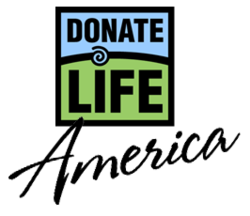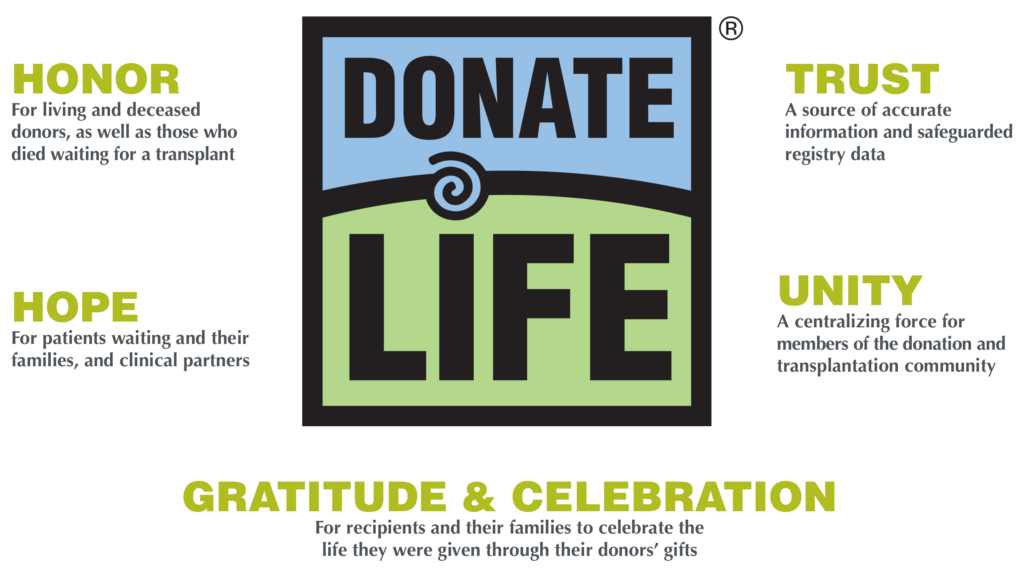
What is Polycystic Kidney Disease
Just to point out I am no medical expert, doctor, or nurse. I am a person who lives with polycystic kidney disease myself and these are things I notice and have dealt with personally. This is one out of multiple reasons why I became a peer recovery specialist.
Polycystic Kidney Disease is a disease that affects the function status of your kidneys. This disease affects both kidneys and is a genetic (Family) disease. I will go over the Disease itself, treatments for the disease, and transplants
My Grandfather’s family had polycystic kidneys. Two of my aunts have it and have had kidney transplants and my mother also got a transplant. My grandfather is the only close family member who did not receive a transplant. He was on dialysis for almost 20 years before passing away in 1983.
Effects of Polycystic kidney diseases
Fast forward to the late 2000s and I was diagnosed with the same disease. The catch to polycystic kidney disease is there are three ways it works or can affect you.
- You have the disease, but it never profoundly affects you
- You have the disease and at a later age in life, you need treatment and a transplant
- (Best) You were not born with the genes and don’t receive the disease.
The catch to not being born with the disease is all family members after you (children, grandchildren, etc.) also do not have the gene. But individuals like myself and other people who don’t have side effects or need treatment but have the gene can pass the disease on to the next generation and so forth.
Polycystic kidneys slowly lose the function of properly working. As the kidney loses its ability to function correctly, you will start having side effects, such as.
- Gaining weight (the weight gaining is mostly because of two.)
- Lose the ability to urinate correctly. (Meaning you hold back fluid)
You will also get less energy. (Wanting to Sleep much more often)
The polycystic disease I dealt with can also cause your kidney to create kidney cysts. These kidney cysts fill up with fluid making them look like ugly bumps over your kidney. The articles will point out it doesn’t normally cause problems. The catch is it does for people with polycystic kidney disease. What will happen is the cysts that are on your kidney will sometimes erupt and that causes extreme pain. I had this happen multiple times.
Doctors can give you medicine for that. I once was not able to get medicine because the doctor was out of the treatment clinic that day while I was on dialysis. The pain was severe, and the nurses and dialysis techs helped. By taking rags or towels, getting them wet, putting them in a bag, microwaving them, and then wrapping them with a dry towel and putting them behind my back where the pain was at.
The funny part to me was after a while I could feel the pain again because it was cooling down. I told the staff and they agreed to replace or heat it again. They reached behind my back and touch it and pulled their hand out real quick saying, “Ouch that is still hot”. The point is it is severe pain.
These are problems I dealt with myself but there are many more besides just that. To deal with tiredness side-effects at work, I would take 20 to 30-minute naps during my break instead of eating lunch.
I was naive and thought I could make my kidney last but because of that, I was extremely tired and much heavier than before. Here is a picture of me with the weight I gained because of the fluid I did not process, and a picture of me nowadays after the transplant.
Treatment
When my Kidney started to get worse, the doctors had me put on the transplant list. I did start more medicine to help with the side effects of waiting longer. Some medicines were quite expensive, but I was just to determent to not go to treatment. It can be to the point where the levels of creatinine, sodium, phosphorus, and my favorite (sarcasm if you don’t know) potassium were too high for me and treatment became necessary.
I started dialysis back in the fall of 2014. The definition of dialysis is the purification of blood by dialysis, as a substitute for the normal function of the kidney. Before that fall I had two separate surgeries to prepare for the treatment.
The Surgery to prepare for dialysis that was given was AV fistula surgery it was done 6 months before I was put on dialysis treatment. There are other types of surgery and treatments, The first surgery was for a spot by the wrist of my left arm
It didn’t result in what the doctors wanted it to. Not long after I had my second surgery. The second surgery was on the upper part of my left arm. This surgery was successful and making it in the November of 2014 I started treatment.
I went to the local dialysis unit on the central-eastern side of Iowa in a city on the Mississippi River. During the treatments, I learned what a dialysis tech is, a CNA that is trained to use the dialysis machines, hook, up and unhook people to the machines, and much more. The staff in the unit was wonderful and helped a lot with humor. I will point out that there is another article about the emotions I dealt with and much more about the treatment itself.
Transplants

After 4 years of being on the dialysis treatment, I was also on the transplant list longer. A transplant list is a list you enroll in when you need an organ transplant of any kind. Organ transplants fit organs from the heart, lung, kidney, liver, skin, eye, to even hair, and much more. To be on the list doctors must agree and approve of it.
On the website https://en.wikipedia.org/wiki/Organ_transplantation, they explain the definition of organ transplants: Organ transplantation is a medical procedure in which an organ is removed from one body and placed in the body of a recipient, to replace a damaged or missing organ.
It wasn’t till June of 2018 that I was called into the University of Iowa hospital & clinics transplant department. They called around 4 am. To explain when they put you on the list, they point out to you that transplants come from two diverse types of donors, living and deceased donors. The public list is the deceased donors, while Living is a donator you know, love, or who is just out to help others.
Every 9 minutes a new person is added to the national transplant list, seventeen people die each day while waiting for a transplant, and a donor can save up to eight people with their organs and 50-300 people with tissue donations.
There is a national enrollment for transplants of 106,591 people in America. In Iowa, there were 611 on the waiting list in 2021. With 518 needing a kidney alone and twenty needing a kidney and pancreas together. Every other organ is thirty-six or below in how many people need it here in Iowa.
https://www.iowadonornetwork.org is a great website to check out for more information on transplants in Iowa. You can at the age of eighteen mark your driver’s license as a donor in case of any accidents. But make sure your loved ones know this too because once you pass away it is up to your loved ones what gets done.
To be a donator for someone else there are a few key things to know
- Blood type matters. All people have one of four blood types: O, A, B, and AB. We are all compatible with our blood type and possibly with others:
- blood type AB patients can get a kidney of any blood type. They are the universal recipient.
- blood type A patient can get a kidney from someone with an O or A blood type.
- blood type B patients can get a kidney from someone with an O or B blood type.
- blood type O patients can only get a kidney from someone with the O blood type.
2. Health History, someone people may fit with blood type but because of the donor’s health history, they may have had some sickness that weakened their body some much that an organ transplant is not a successful idea.
More things need to work for a person to be able to donate an organ to someone else. They give the person on the transplant list paperwork they can give to people they know to fill out to find if it is even possible for them to donate to them
In my family breast cancer is what made it so my aunt on my father’s side couldn’t do the transplant. She had a matching blood type, but doctors said she shouldn’t have a problem with her kidneys for the rest of her life. Because of cancer having the kidney transplanted to someone else, would not work or not last long before organ rejections.
I received my transplant from a deceased donor after 5 to 6 years on the list. I was called in to be secondary on the possibility of the transplant. The hospital had me come in and prepare for everything like I was getting it, just in case. It was around 11 am when I thought I was probably going home empty-handed when the nurse walked in.
She informed me that whoever the original individual was, was not able to receive the transplant. Making it so I was. Tears came down my cheek and I cried the minute I understood it.
Conclusion

It has now been 4 years since the transplant. Average kidney transplants from a deceased donor last for 10 to 12 years before treatment is needed. I have at least 6 more years to go. Things are much different now, compared to when I was on treatment and before that. The thing I understand most is that there is a treatment for kidney failure, and donation matters. If you or a loved one has the choice, I recommend donating to save a life or two..
I want to yell thanks to my father, family members, and friends for their support during these phases of my life.
Here are some links to some websites for more information on treatment, transplants, and polycystic kidney disease.
https://www.kidney.org/atoz/content/dialysisinfo
https://www.iowadonornetwork.org/
